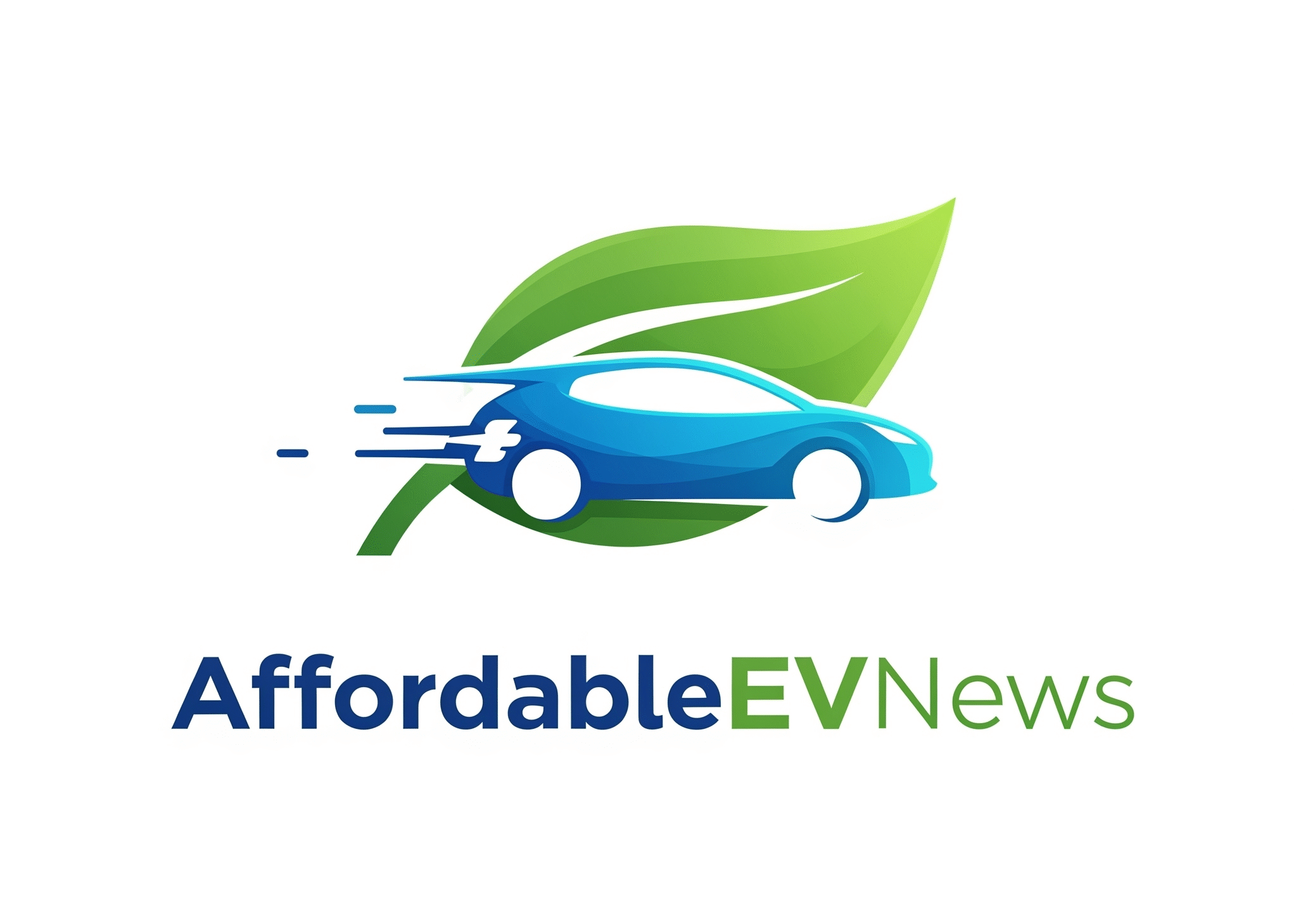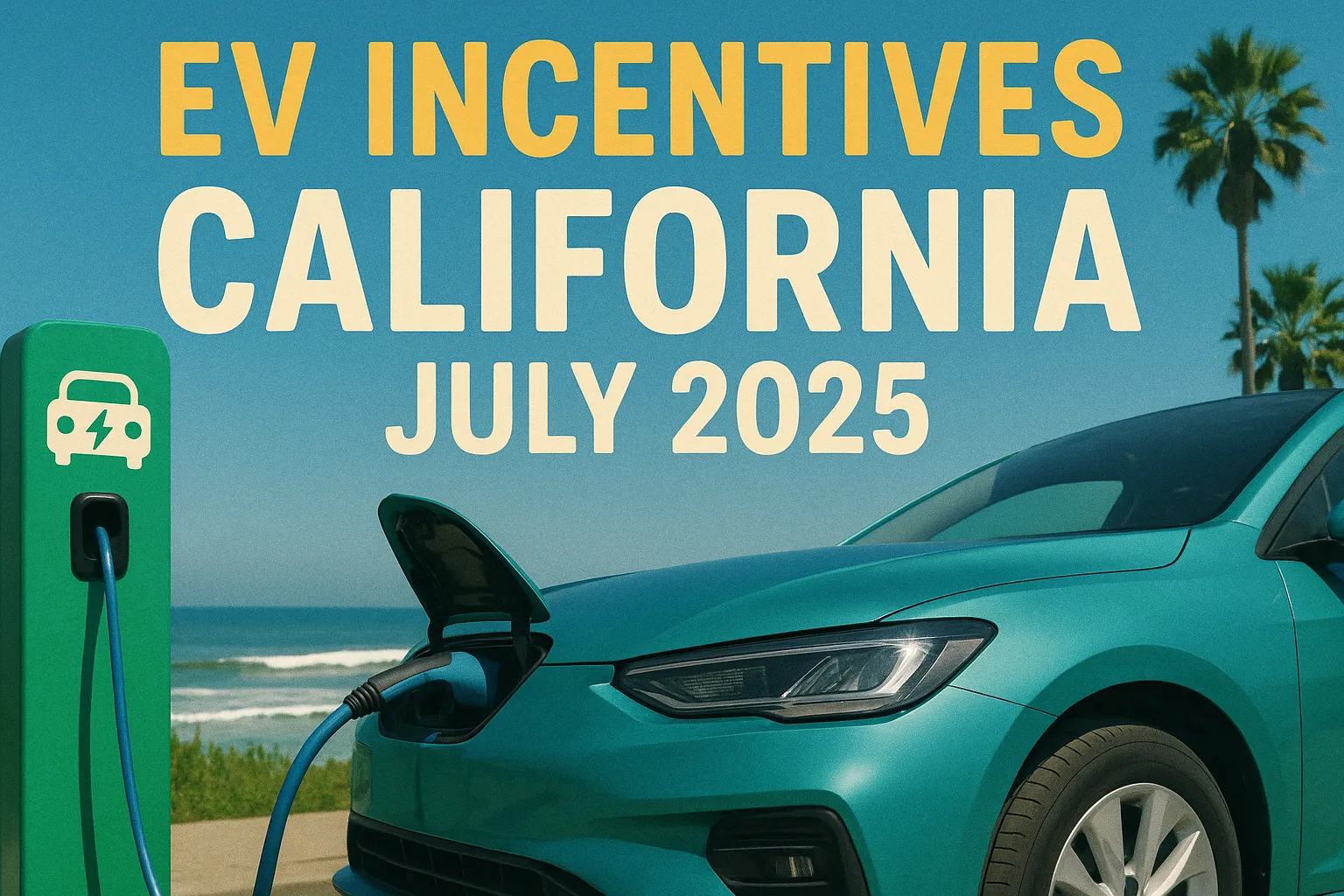As of July 2025, EV incentives California July 2025 represent an urgent opportunity for individuals and businesses aiming to adopt clean transportation and energy solutions. With major federal incentives on the brink of expiration and longstanding state programs reaching capacity or closure, smart planning is essential to secure the best possible savings on electric vehicles and home energy upgrades.
Federal Incentives: The Countdown is On
The federal government, via the Inflation Reduction Act and subsequent legislation, established a suite of clean energy tax credits. However, these generous incentives are set to phase out or have their end dates moved up:
- Up to $7,500 for new EVs and $4,000 for used EVs, both expiring September 30, 2025. Delivery and purchase must be completed before this date, sparking a busy summer for car dealerships.
- 30% credit for heat pumps, batteries, and solar installations (up to $2,000 or uncapped for solar), expiring December 31, 2025 for customer-owned systems. Rooftop solar projects must be interconnected and operational by year’s end due to streamlined federal guidance.
- 30% home EV charger credit (up to $1,000), available until June 30, 2026.
- Energy Efficient Home Improvement Credit provides up to $1,200 for insulation, energy audits, and window/door upgrades, ending December 31, 2025.
These credits generally don’t roll over and can’t be applied to businesses or new construction, so time-sensitive action is required.
California EV Rebates 2025: State and Local Support
While some statewide programs are changing, Californians still benefit from a robust network of local and regional supports:
- Clean Vehicle Rebate Project Status (CVRP): As of late 2023, the CVRP is closed to new applications and has moved applicants to a standby list. For 2025 shoppers, this means seeking out alternative programs is now essential to save on an EV purchase.
- Clean Cars 4 All Program (CC4A incentives): Targeted at income-eligible households willing to retire an older, high-pollution vehicle, CC4A offers up to $12,000 toward a new or used EV/PHEV plus an additional $2,000 for home charging equipment. CC4A is available across many air districts and provides deep support for households under 300% of the federal poverty level.
- Driving Clean Assistance Program (DCAP EV incentives California): DCAP is a statewide grant program for low- and moderate-income households. Offering up to $7,500 upfront (not loans), DCAP makes a new or used EV or PHEV within reach. Funds go directly to participating dealerships, and only one incentive is granted per household.
- Orange County Power Authority (OCPA): OCPA customers can access a $1,000 rebate for both home battery systems and EV chargers. These offers can be stacked with federal credits for further savings.
- Silicon Valley Clean Energy (SVCE): SVCE offers a $2,000 rebate on new or used EVs or PHEVs for eligible customers. The rebate can be obtained as an instant discount at dealerships or via post-purchase reimbursement, and is stackable with federal and other utility incentives (totaling over $10,000 for some buyers), such as additional PG&E rebates and free smart charging apps.
California Air Resources Board Rebates: Statewide Leadership
Many state-level programs, like CC4A and DCAP, are administered by the California Air Resources Board (CARB). While the Clean Vehicle Rebate Project status means CVRP is paused, CARB continues to champion equity and GHG reductions with specialized support for lower-income drivers in priority communities.
Key Steps for Maximizing Savings
- Check Eligibility Early: Most programs (CC4A, DCAP, SVCE) require you to apply before purchase and have specific income or vehicle criteria.
- Stack Incentives: Combine local, utility, state, and federal offers for cumulative savings—sometimes exceeding $10,000.
- Act Promptly: With EV incentives California July 2025 ending soon, especially federal credits and some state/utility funds, delays could mean missing out.
- Plan for Installation: For solar, battery, and charging projects, start early due to potential permitting and utility connection delays.
Conclusion
Even as the landscape shifts, California EV rebates 2025—anchored by the efforts of CARB and reinforced by programs like CC4A and DCAP—keep clean mobility attainable for drivers statewide. Acting now ensures the greatest return, allowing Californians to benefit from the final window of federal and local incentives before they fade into history.
Resources
- California Air Resources Board (CARB)
https://ww2.arb.ca.gov - Clean Vehicle Rebate Project (CVRP)
https://cleanvehiclerebate.org - Clean Cars 4 All (CC4A)
https://cleanenergyfund.org/program/clean-cars-4-all/ - Driving Clean Assistance Program (DCAP)
https://cleanenergyfund.org/program/driving-clean-assistance-program/ - Orange County Power Authority (OCPA)
https://ocpower.org - Silicon Valley Clean Energy (SVCE)
https://siliconvalleycleanenergy.org - PG&E EV Rebates and Programs
https://www.pge.com/en_US/residential/solar-and-electric-vehicles/options/clean-vehicles/clean-vehicles.page - U.S. Department of Energy – Alternative Fuels Data Center
https://afdc.energy.gov/laws - IRS – Clean Vehicle Tax Credits
https://www.irs.gov/credits-deductions/individuals/plug-in-electric-drive-vehicle-credit-section-30d

